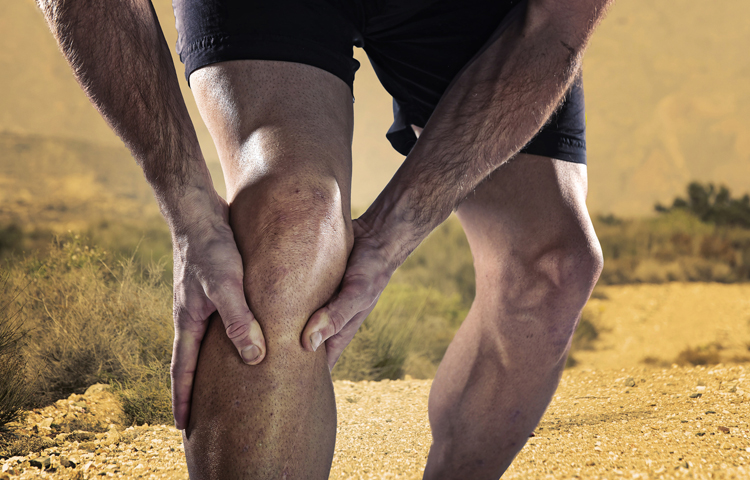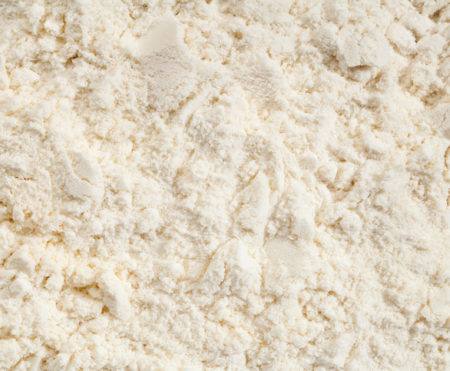Unlike most running injuries, patellar tendon problems are more common in men than women.
The patellar tendon is a short but very wide tendon that runs from your patellar (kneecap) to the top of your tibia (shin bone). The patellar’s job is to generate a bigger mechanical advantage at the knee, enabling your quadriceps to create strong forces at the knee – important in any sport that includes running and/or jumping.
The result is that the patellar tendon has to absorb this load and it’s therefore prone to injury in runners and jumpers. Patellar tendonitis usually begins with a stiff feeling in the tendon, especially when running downhill or descending stairs. In the acute phase (less than three weeks) it is referred to as tendonitis and after this can be called tendonosis if it becomes a more serious issue.
Like most tendon injuries, it may go away once you get warmed up, but as the injury worsens, it will remain painful for the duration of your run. The following factors make you particularly susceptible:
■ Poor hamstring and quadriceps flexibility
■ Poor pelvic muscle control resulting in altered lower limb biomechanics, such as excessive femoral internal rotation (kneecaps appear as squinting)
■ Weak quadriceps and hamstrings may not adequately slow down your descent during impact, thus subjecting your knee to greater load
Here are 3 ways to treat patellar tendonitis:
1) ECCENTRIC DECLINE SQUATS ON A SLANTED BOARD
These help to offload the calf and load the front of the knee and patellar tendon.
Stand on the affected leg on a decline board, ensuring good pelvic alignment. As you bend the knee, ensure the kneecap follows the line of your second/third toes, before straightening back to the starting position.
2 sets of 10 reps
2) IMPROVE QUADRICEPS FLEXIBILITY ON A FOAM ROLLER, PRE- AND POST-RUN
Maintaining a neutral spine, move the body forwards over the elbows, with shoulders remaining stabilised. Roll forward and back, gently and slowly.
When you find a tight/painful spot, maintain the pressure.
Perform for 10mins
3) IMPROVE HAMSTRING FLEXIBILITY
Lie on your back, in a neutral spine position. Bring one leg to the top and hold behind the thigh as you slowly straighten the leg to reach the foot to the ceiling. Keep your tailbone on the floor
throughout.
The stretch should be felt behind the leg, not in the lower back.
Hold for 30secs







